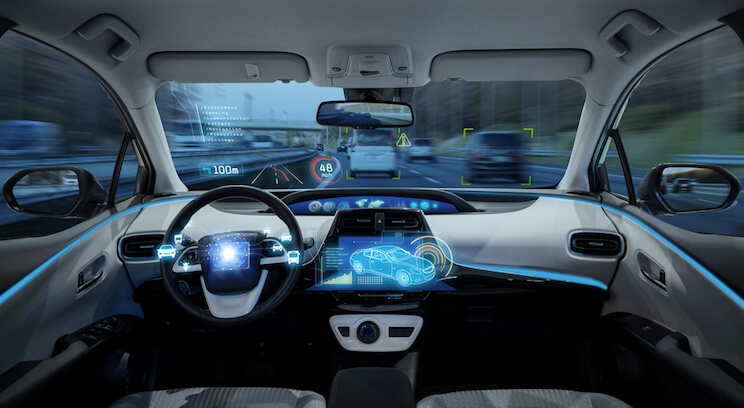A decade ago, self-driving vehicles were nothing but a dream for most people. While work has been carried out to develop these vehicles for many years now, it has only been recently that they have started to become a reality.
However, as we move towards an era of self-driving vehicles, what about the regulations? Below, we’ll look at the benefits of self-driving cars and the need for clear regulations.
Table of Contents
Self-driving vehicles and their benefits
Self-driving vehicles are pretty much what the name suggests – vehicles that drive themselves. However, did you know there are different levels of autonomous cars?
At the moment, there isn’t a fully self-driving vehicle approved for use. However, there are varying levels of automation on offer. In total, there are five levels of automation, with most offering driving assistance.
The benefits self-driving cars can provide include:
- Reduces the stress of travelling
- It can prove safer
- Helps to foster independence for those with mobility issues
- Reduced emissions
The potential these vehicles have for enhancing our lives is huge. However, there are also challenges that need to be addressed, with the main one being regulations.
Why are regulations needed?
At the moment, regulations are aimed at vehicles with a human driver and a steering wheel. However, self-driving cars don’t always have a steering wheel and they don’t need a driver. This means, there are all kinds of problems that could potentially crop up without adequate regulations.
Car manufacturers for example, will need to follow some form of guidelines to ensure safety is a top priority. People need to know that these vehicles are safe to use and without regulations, that can’t be guaranteed. There is always the risk technology could go wrong, so regulations on the tech used are essential.
How will they be regulated?
No strict regulations have been put into place as of yet. However, there is talk of introducing a single, new national system for operator licenses. Regulatory tools for controlling cruising and congestion are also being looked into.
Tech developers would do well to consult with tech law professionals Withers to ensure they are meeting set requirements. These are just a few of the ways self-driving cars could be regulated.
At the moment, it is too soon to say exactly what regulations will be brought into place. There is a lot of work still to be done to create effective regulations. While self-driving cars have the potential to benefit our lives, they can also be potentially dangerous if not introduced and managed correctly.

